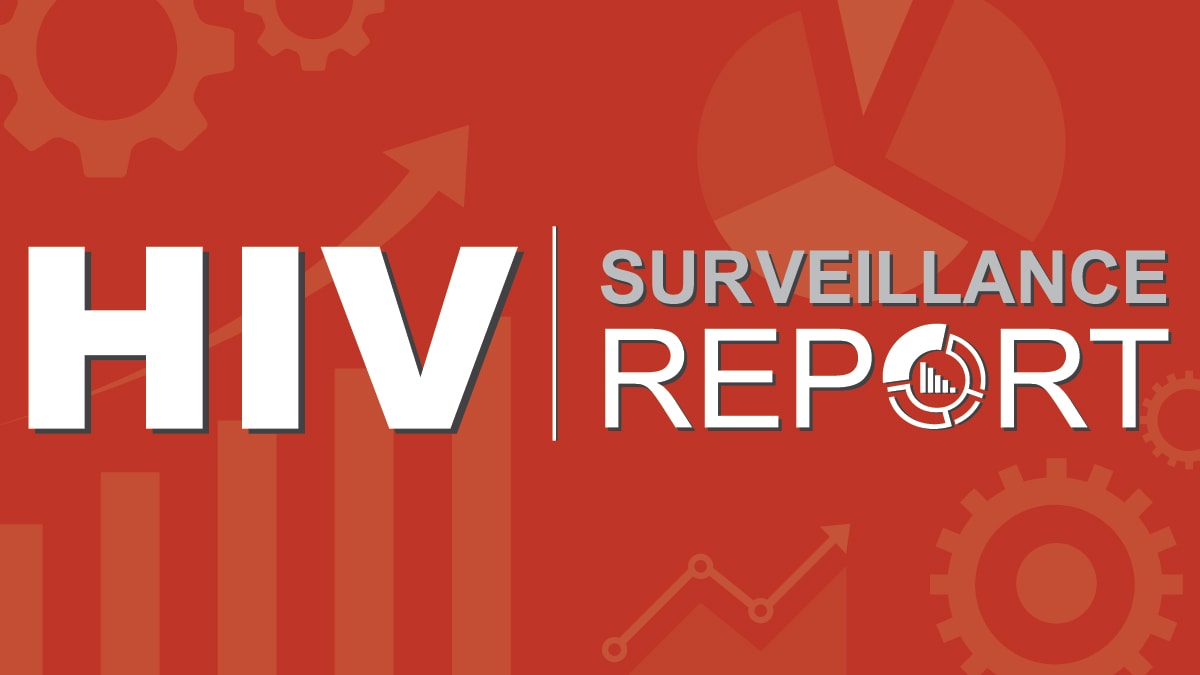At a glance
In 2022, over 80% of people with diagnosed HIV were linked to care within one month of diagnosis. Only 76% had received some care, 54% were retained in care, and 65% had achieved viral suppression in 2022. These data highlight the need for continued prevention and care efforts to reach the national goal of ending HIV.

Key findings
PrEP coverage
CDC has paused PrEP (pre-exposure prophylaxis) coverage reporting to determine the best methodology for calculating PrEP coverage, and to update PrEP coverage estimates using updated methods and sources. CDC plans to resume PrEP coverage reporting in the next HIV Monitoring Report for all demographic groups, currently scheduled for publication in June 2025. Until updated PrEP coverage estimates are published, CDC advises against citing specific PrEP coverage data points, as historical estimates will be updated.
Differences in linkage to care among people with diagnosed HIV by race and ethnicity in 48 states and the District of Columbia, 2022*†

*Among people aged 13 and older.
† Linkage to care is defined as at least 1 viral load or CD4 test within one month of HIV diagnosis during 2022.
‡ Hispanic/Latino people can be of any race.
HIV care among people with diagnosed HIV in 48 states and the District of Columbia, 2022*

*Among people aged 13 and older.
† At least 1 viral load or CD4 test during 2022.
‡ Had 2 viral load or CD4 tests at least 3 months apart during 2022.
** Based on most recent viral load test during 2022.
Differences in HIV care among people with diagnosed HIV by race and ethnicity in 48 states and the District of Columbia, 2022*

*Among people aged 13 and older.
† At least 1 viral load or CD4 test during 2022.
‡ Had 2 viral load or CD4 tests at least 3 months apart during 2022.
** Based on most recent viral load test during 2022.
†† Hispanic/Latino people can be of any race.
Data releases
- Monitoring Selected National HIV Prevention and Care Objectives by Using HIV Surveillance Data—United States and 6 Territories and Freely Associated States, 2022
- Back Issues of Data Reports on CDC Stacks
- NCHHSTP Atlas Plus
Technical notes
Suggested citation
Centers for Disease Control and Prevention. Monitoring selected national HIV prevention and care objectives by using HIV surveillance data—United States and 6 territories and freely associated states, 2022. HIV Surveillance Supplemental Report 2024; 29(No. 2).
About the data
This page provides an overview of selected National HIV Prevention and Care Outcomes, which are indicators used to monitor progress toward U.S. national HIV prevention and care goals outlined in Healthy People 2030, the National HIV/AIDS Strategy, and the Ending the HIV Epidemic in the U.S. (EHE) initiative.
